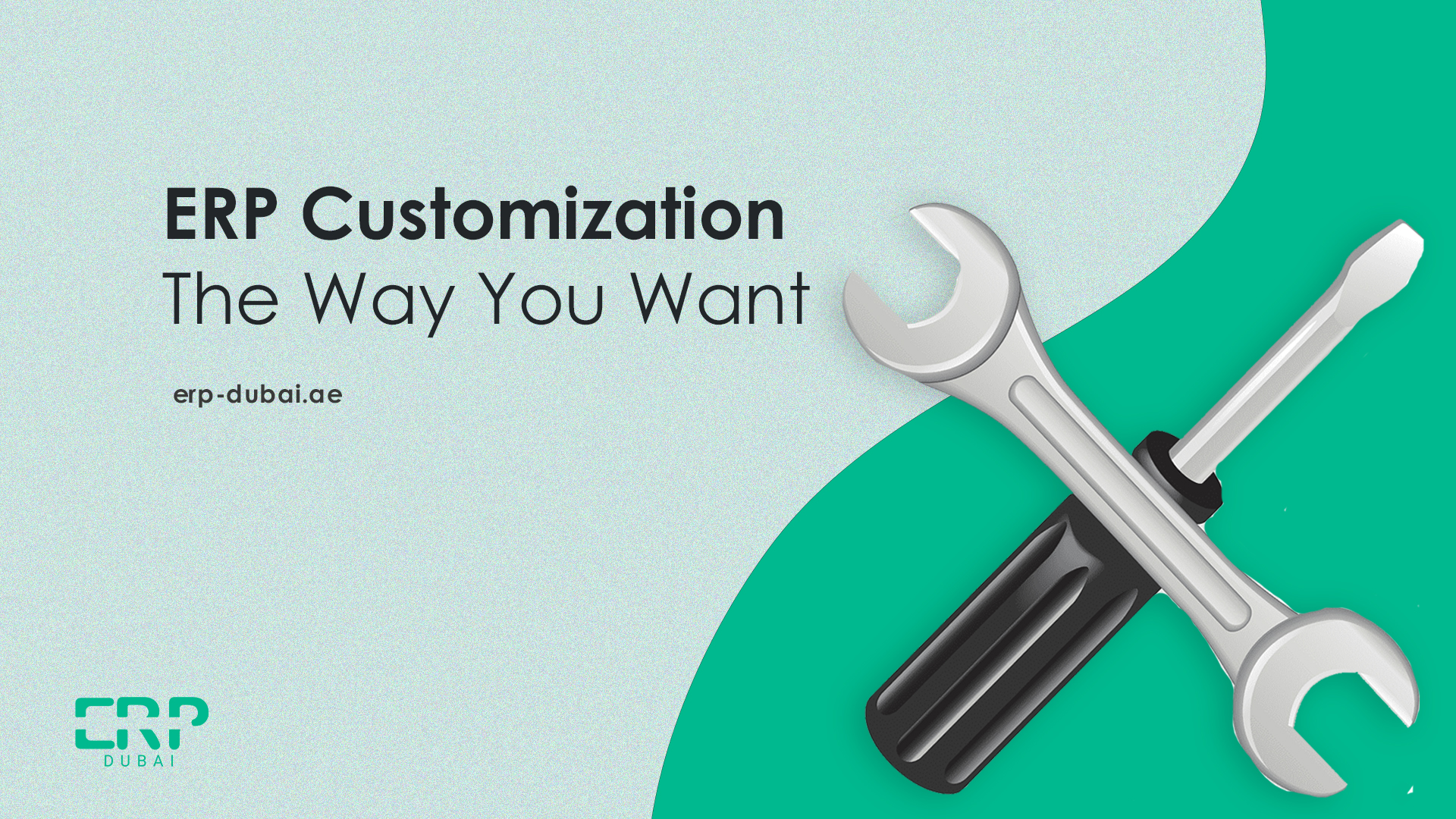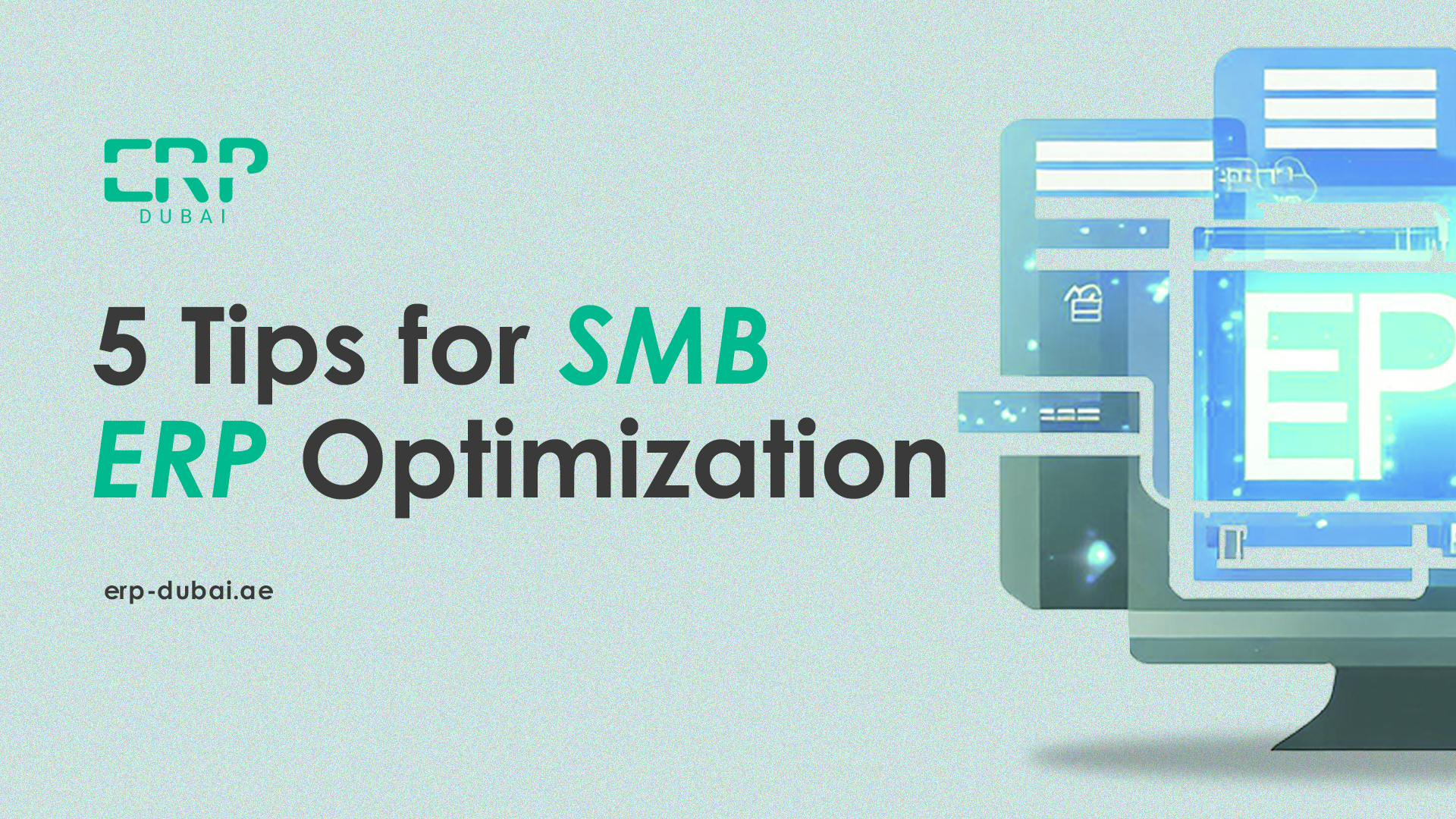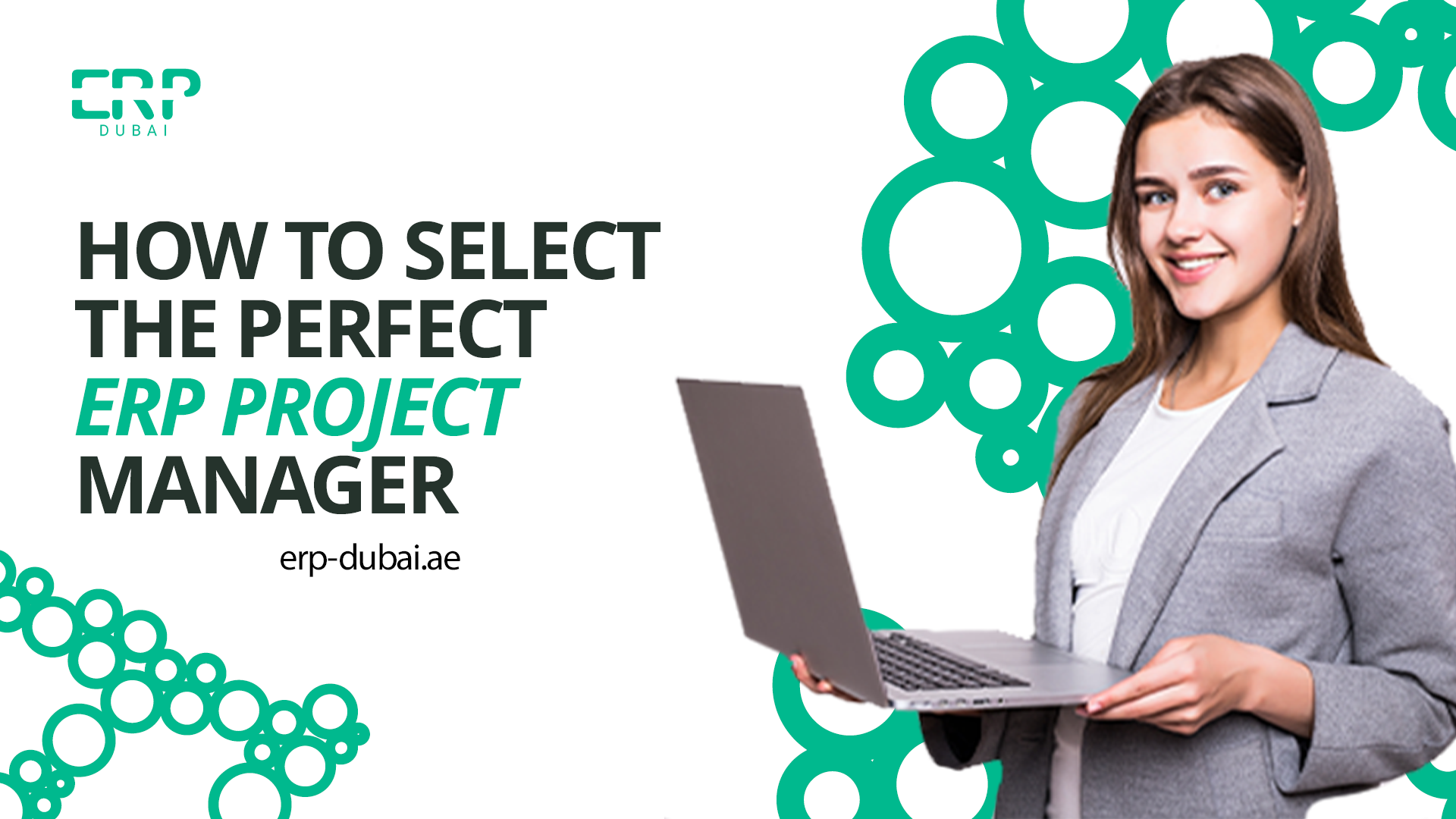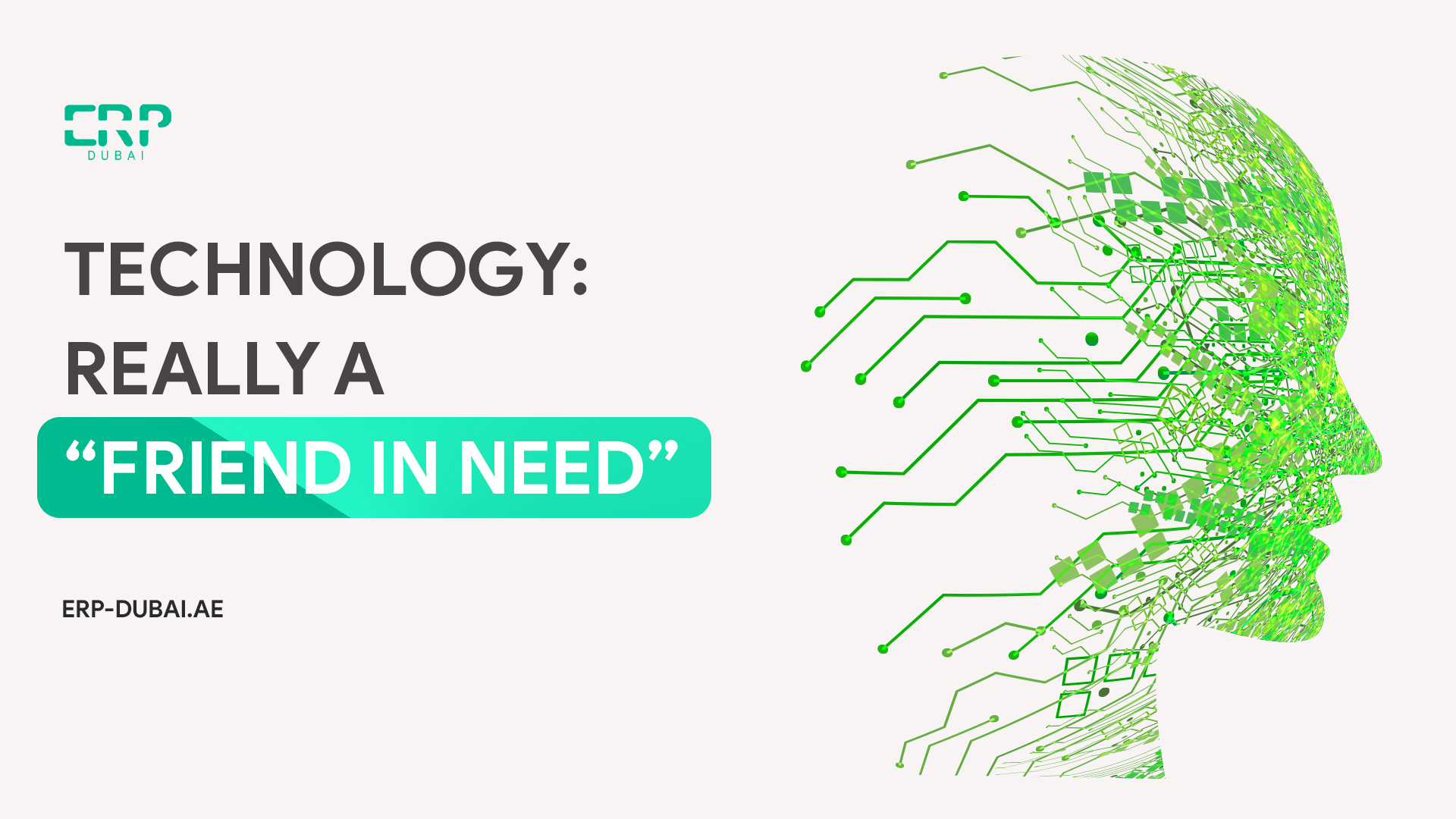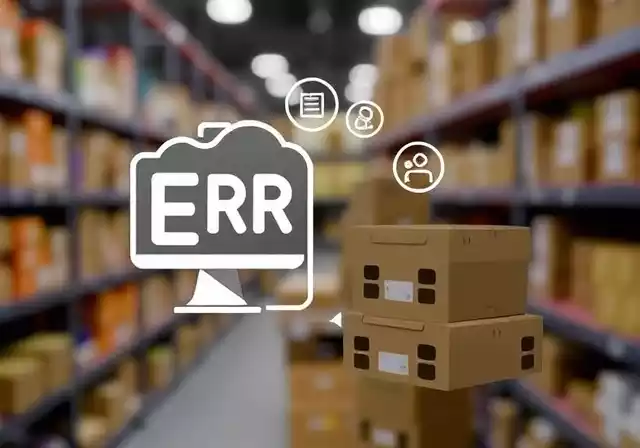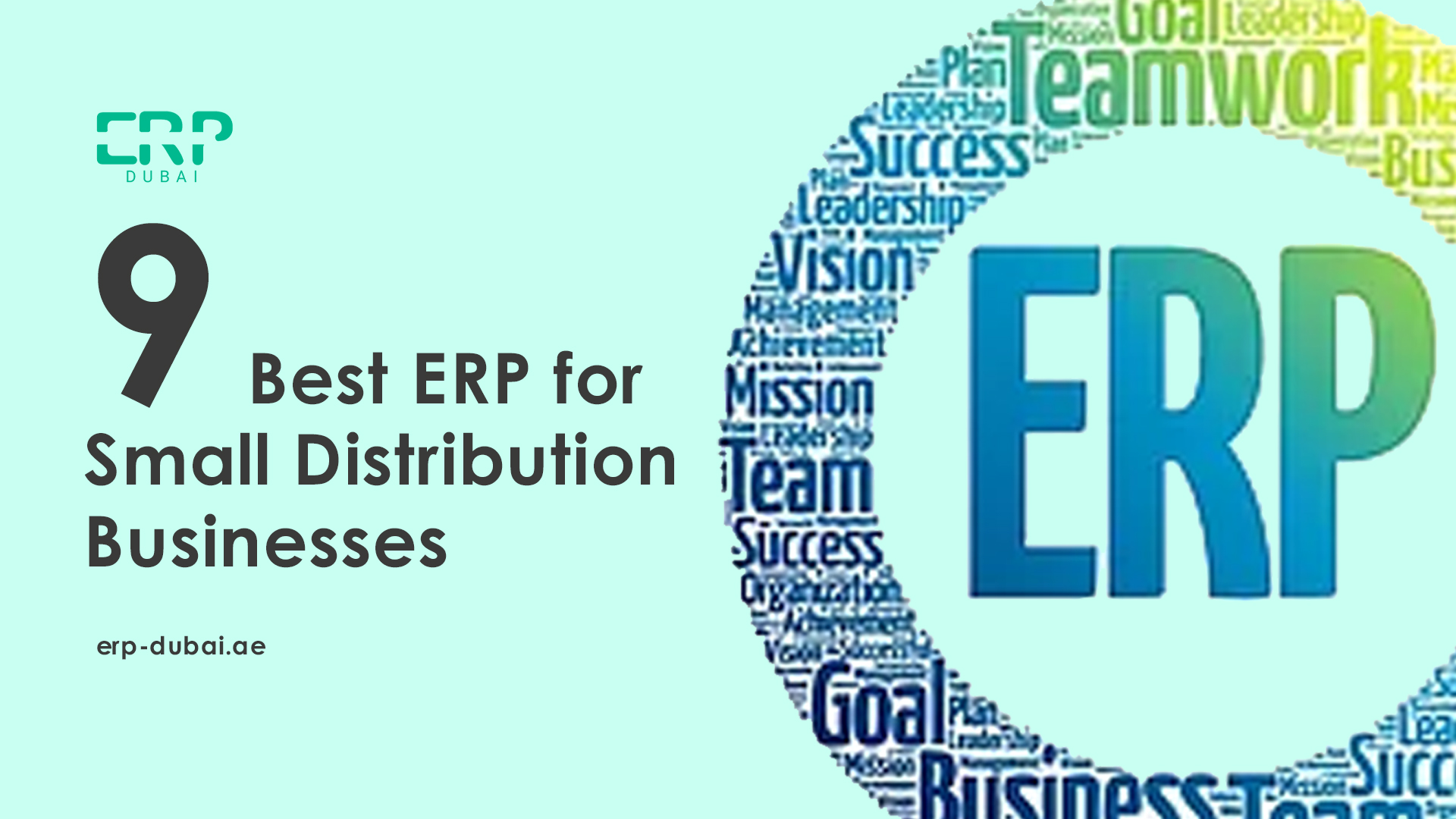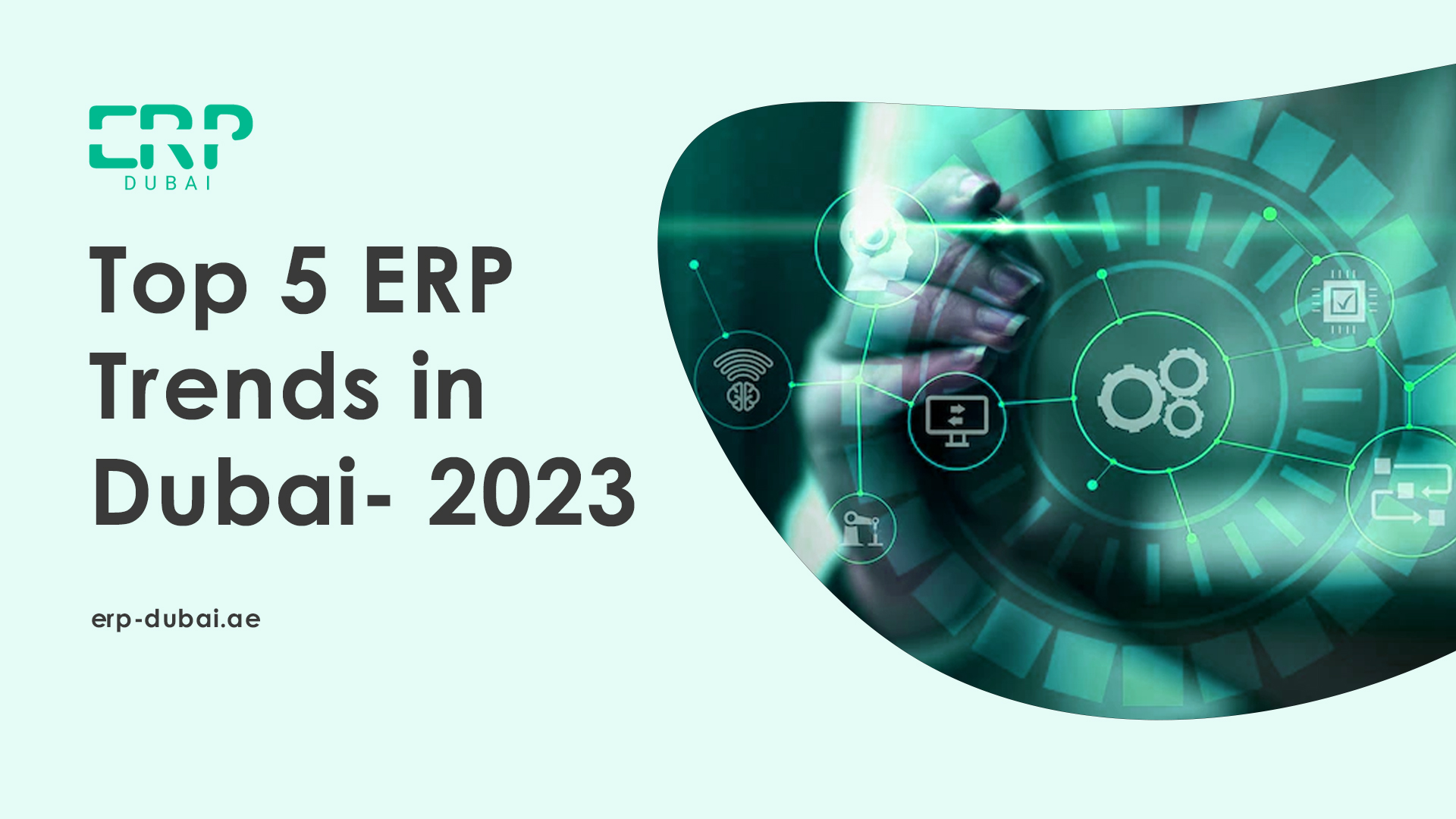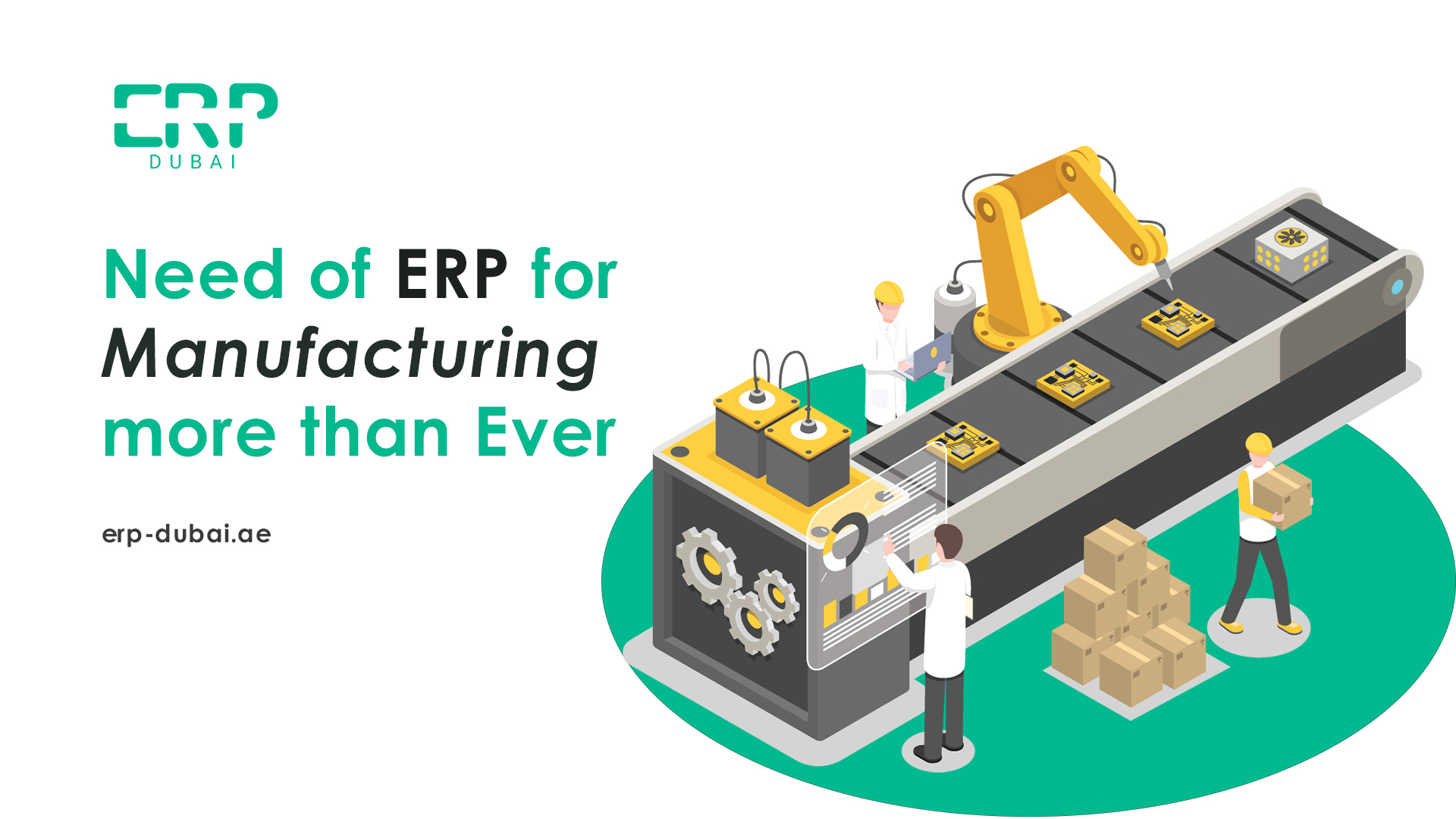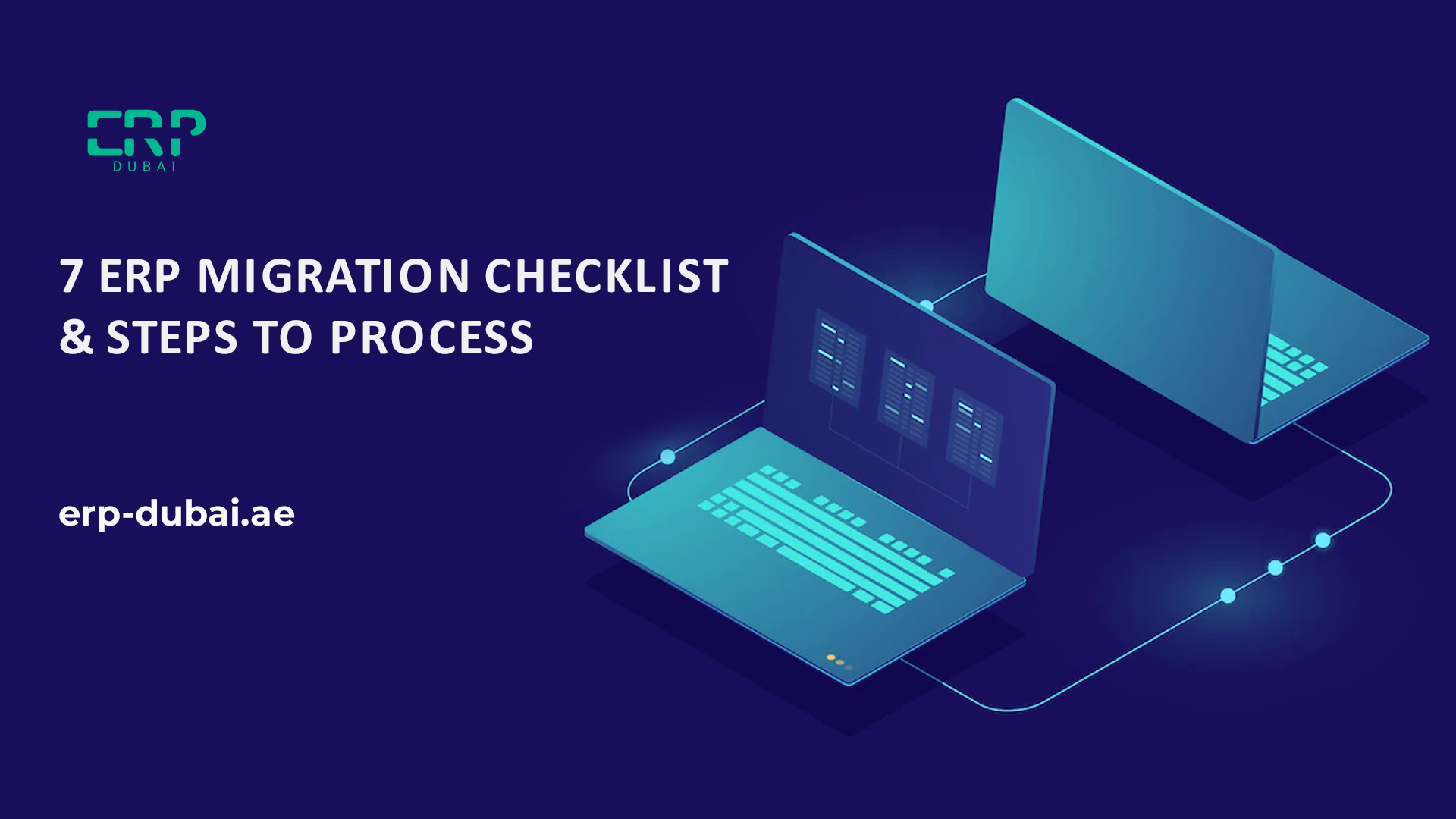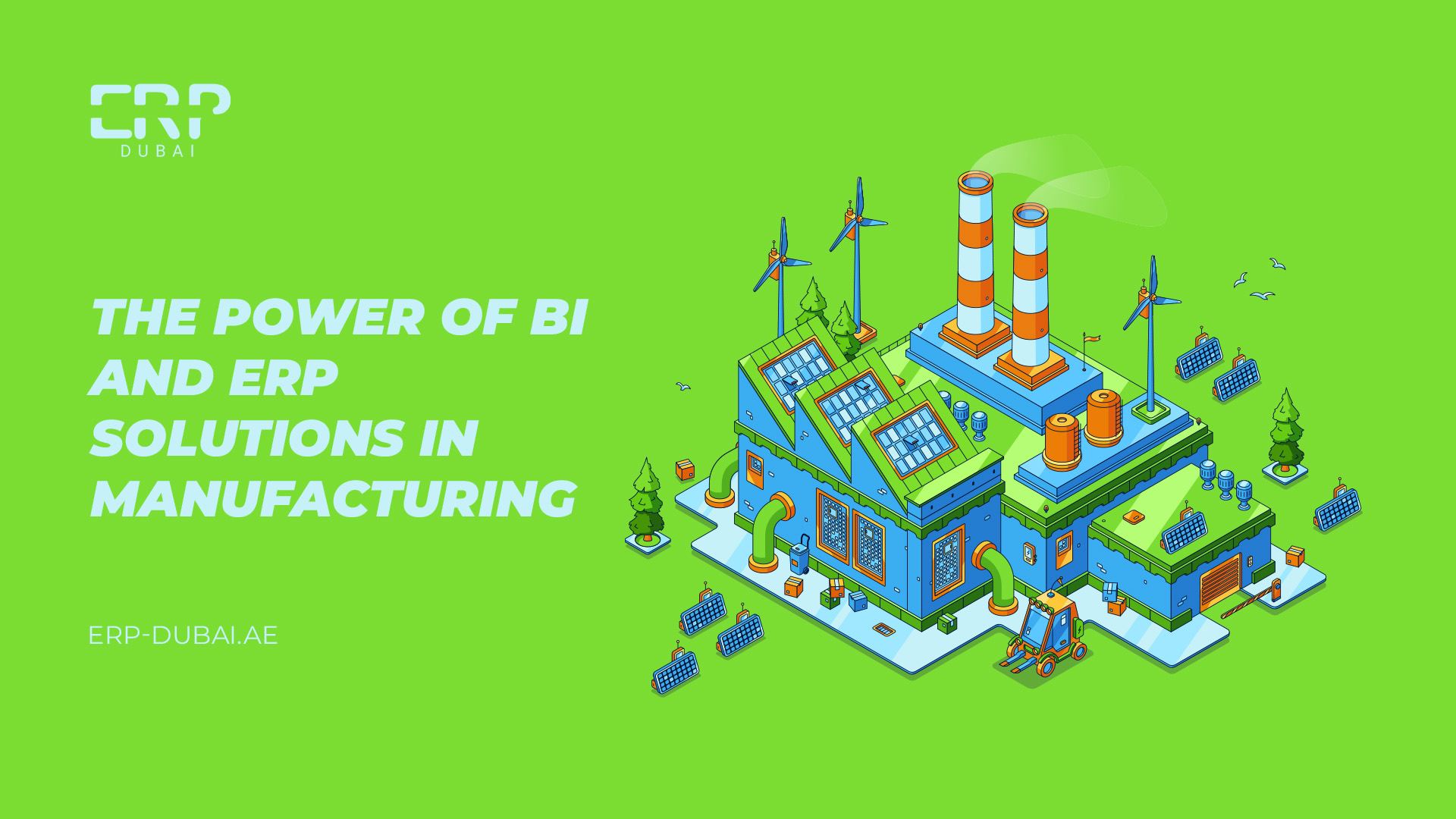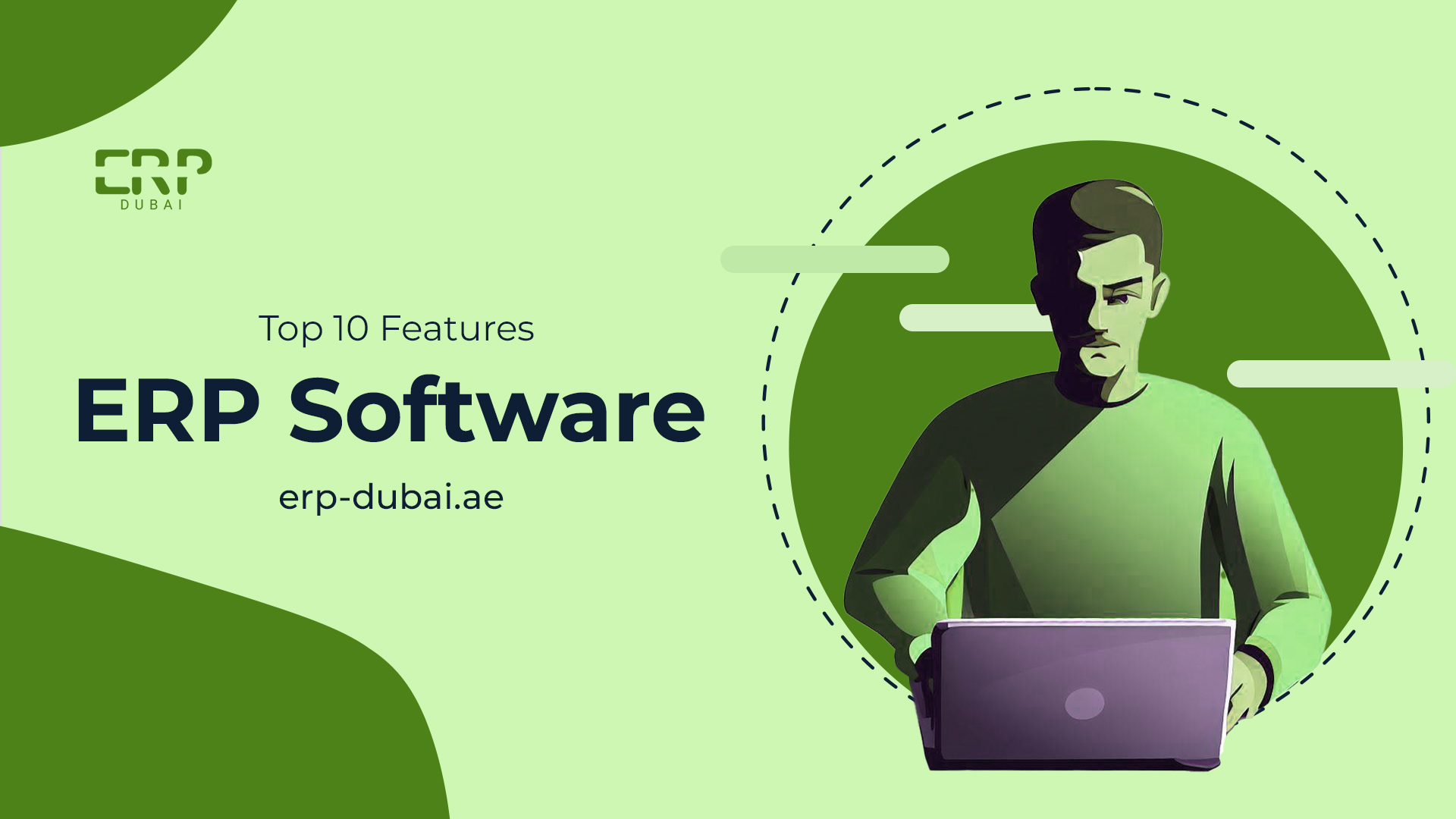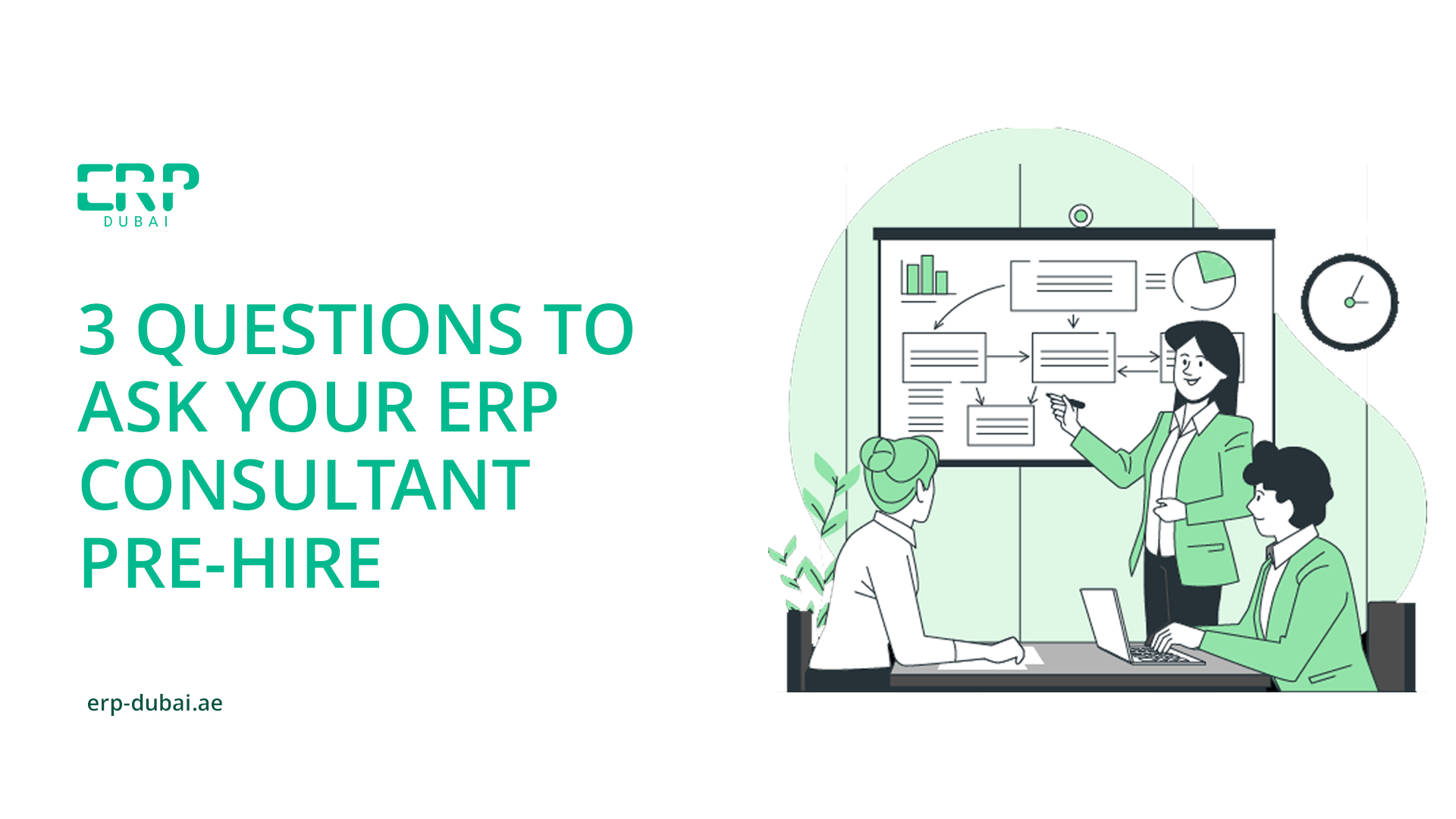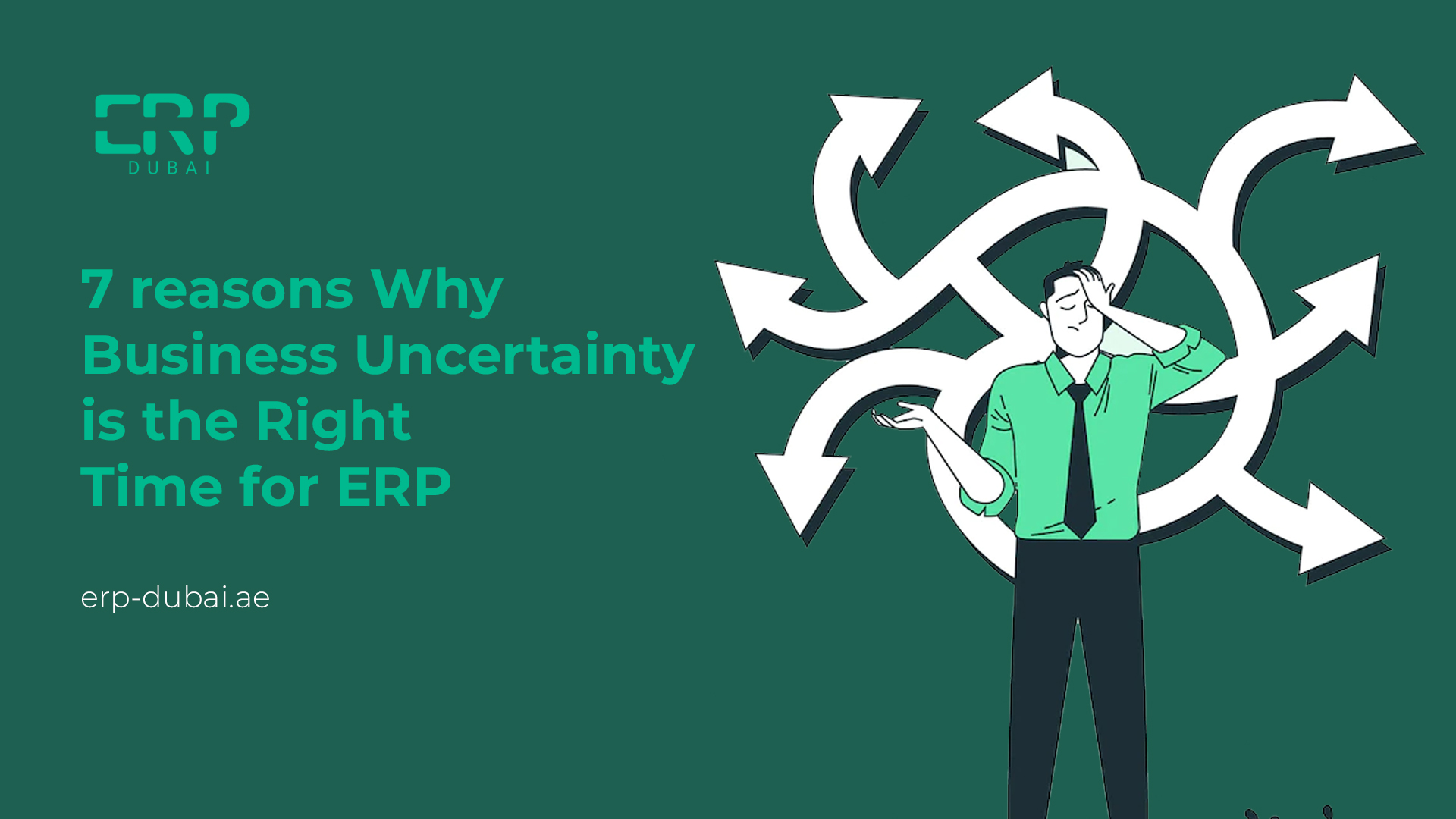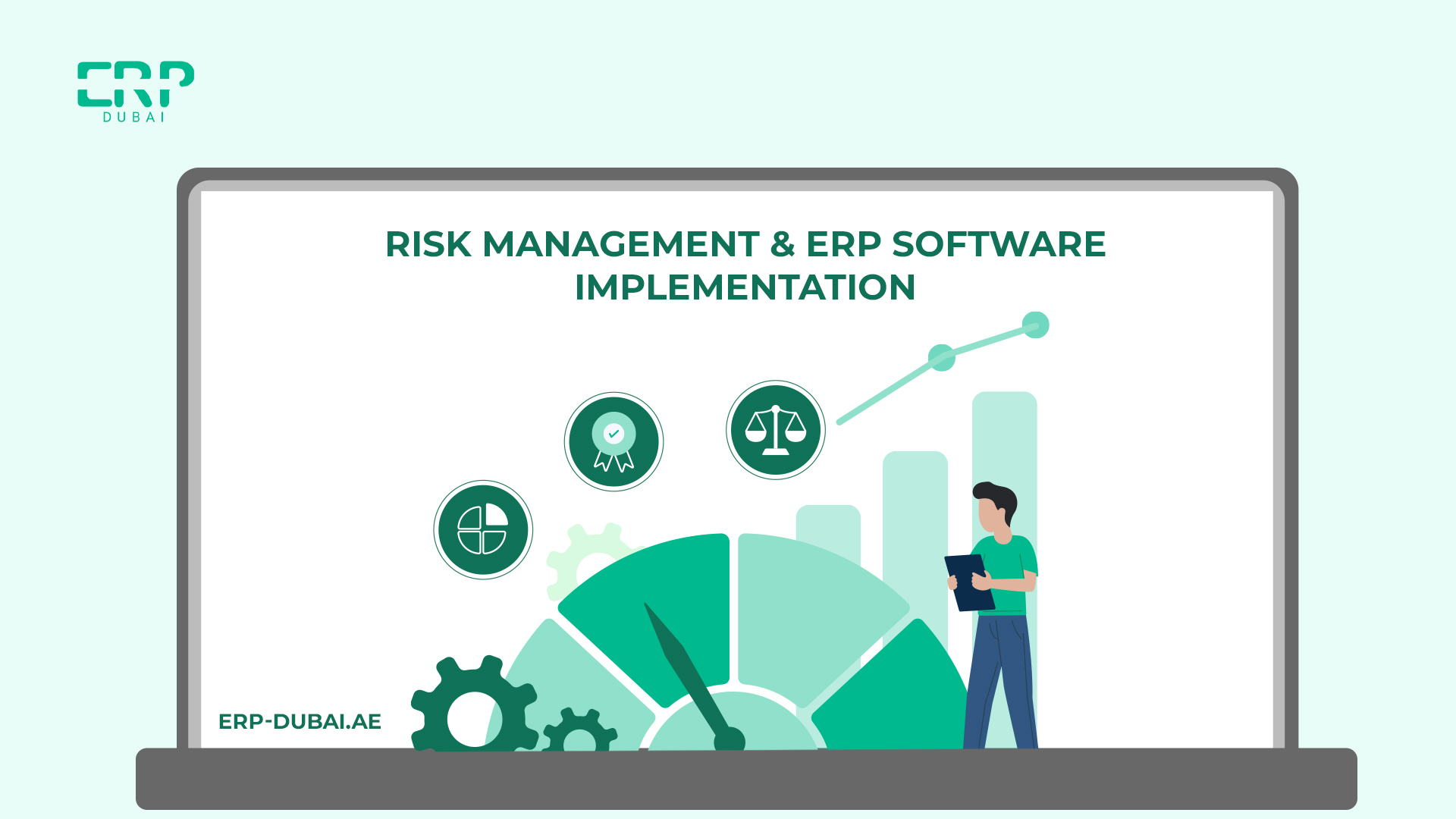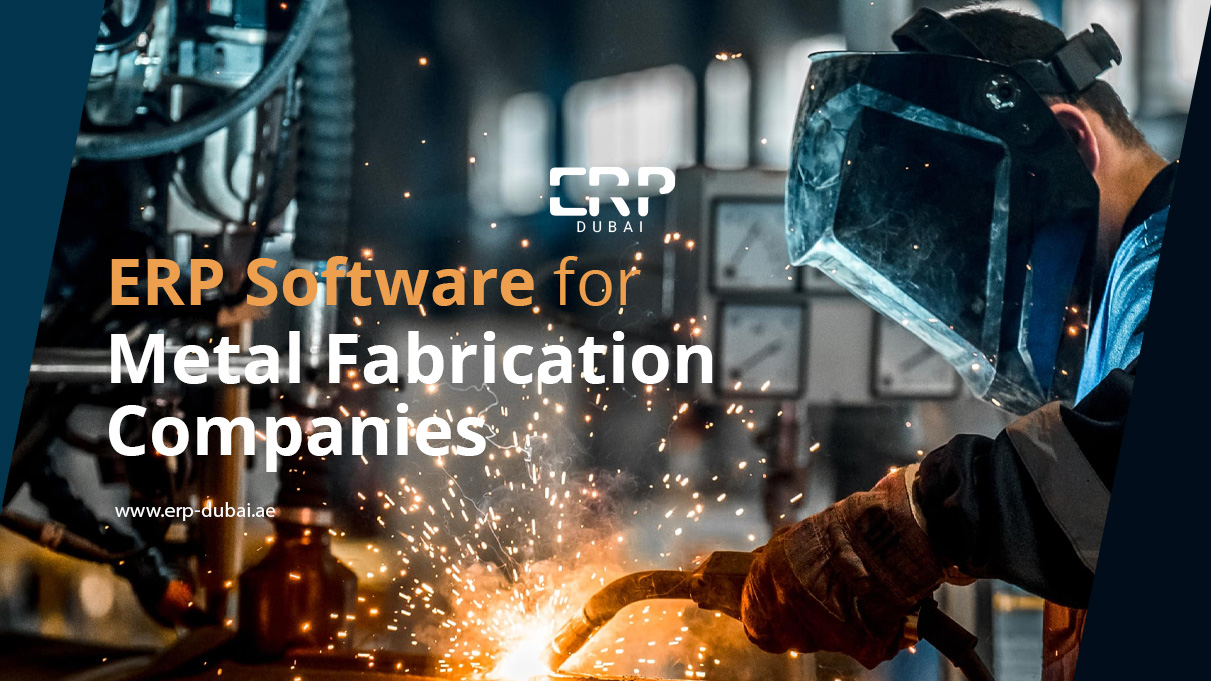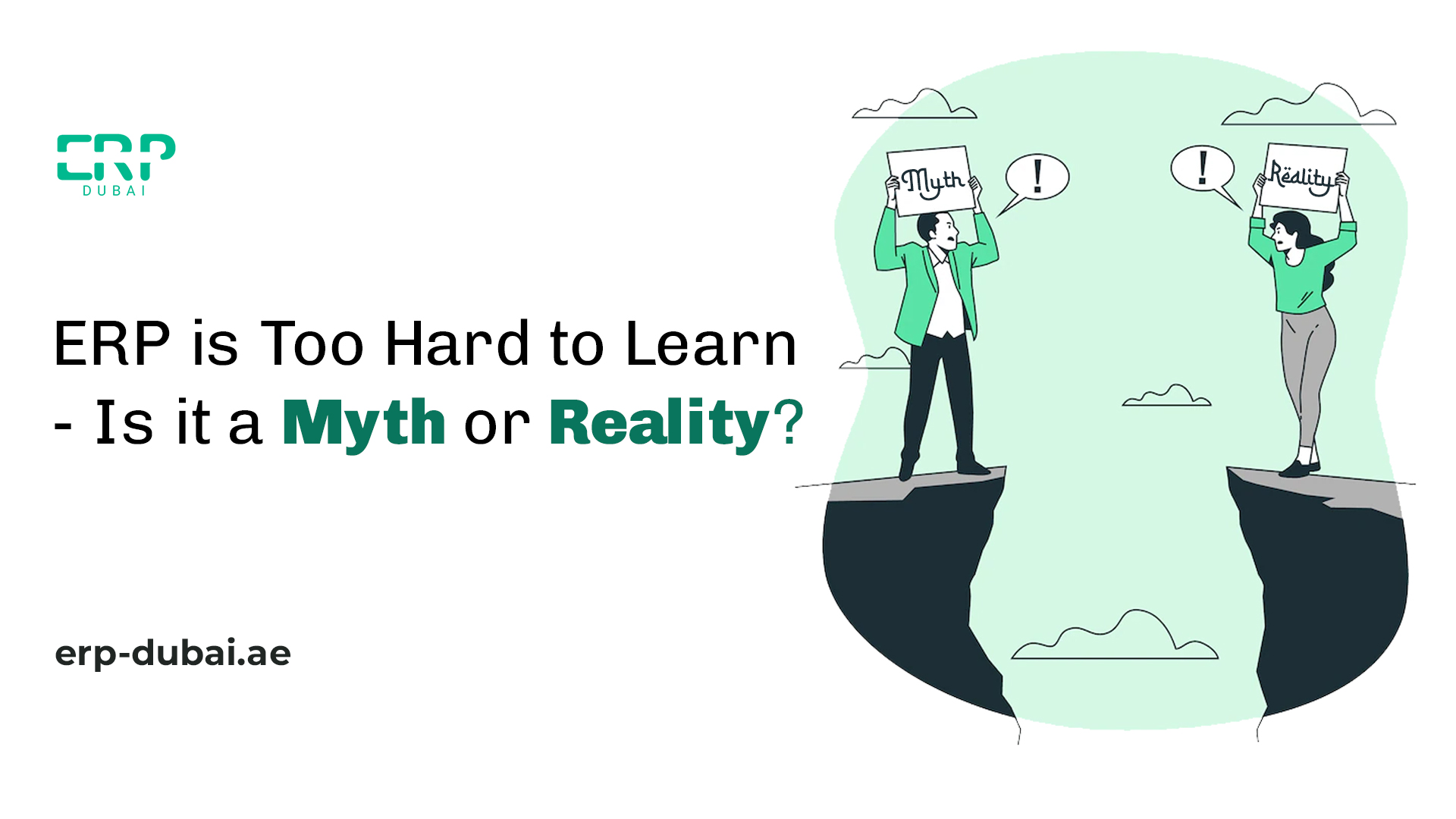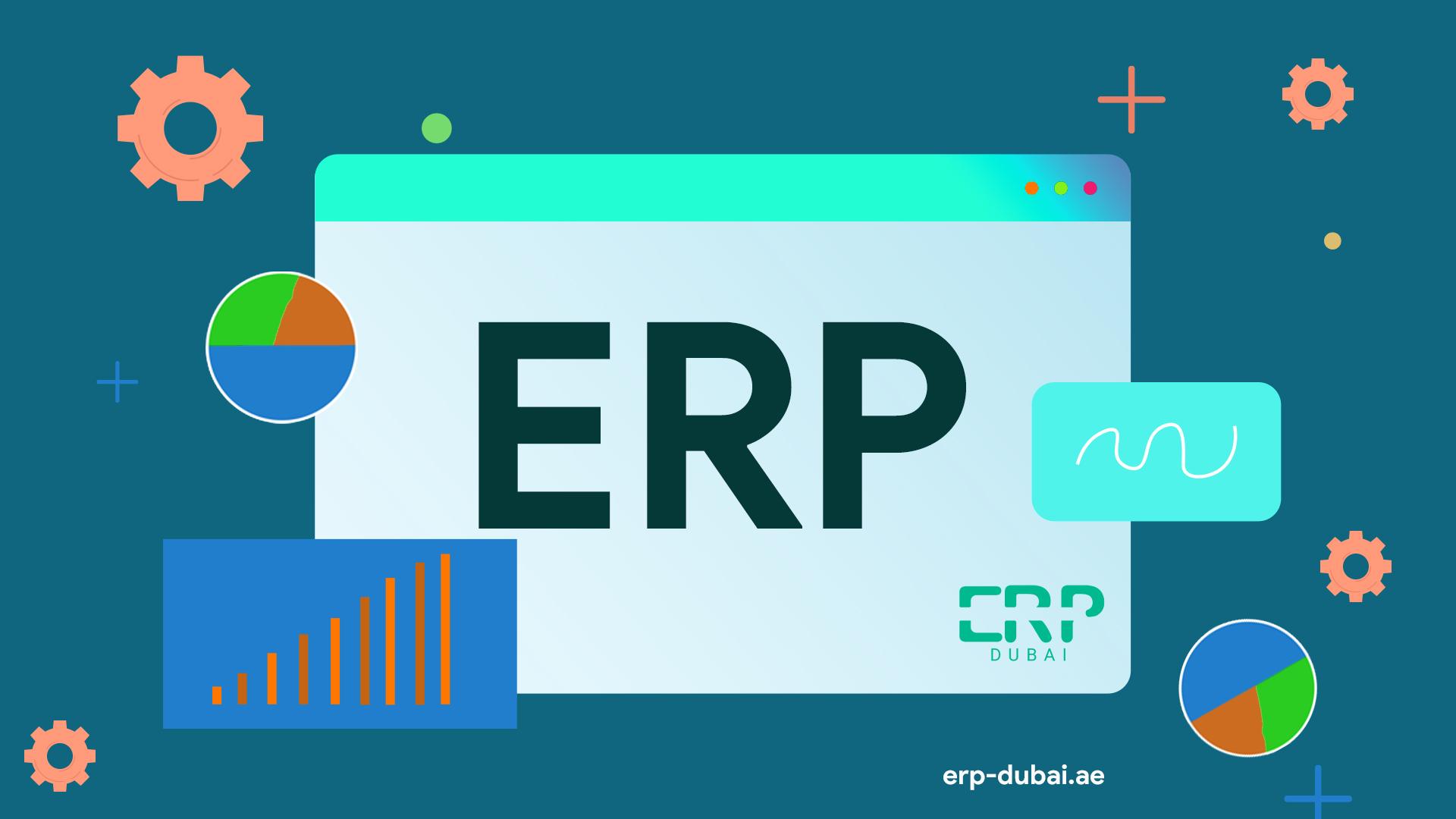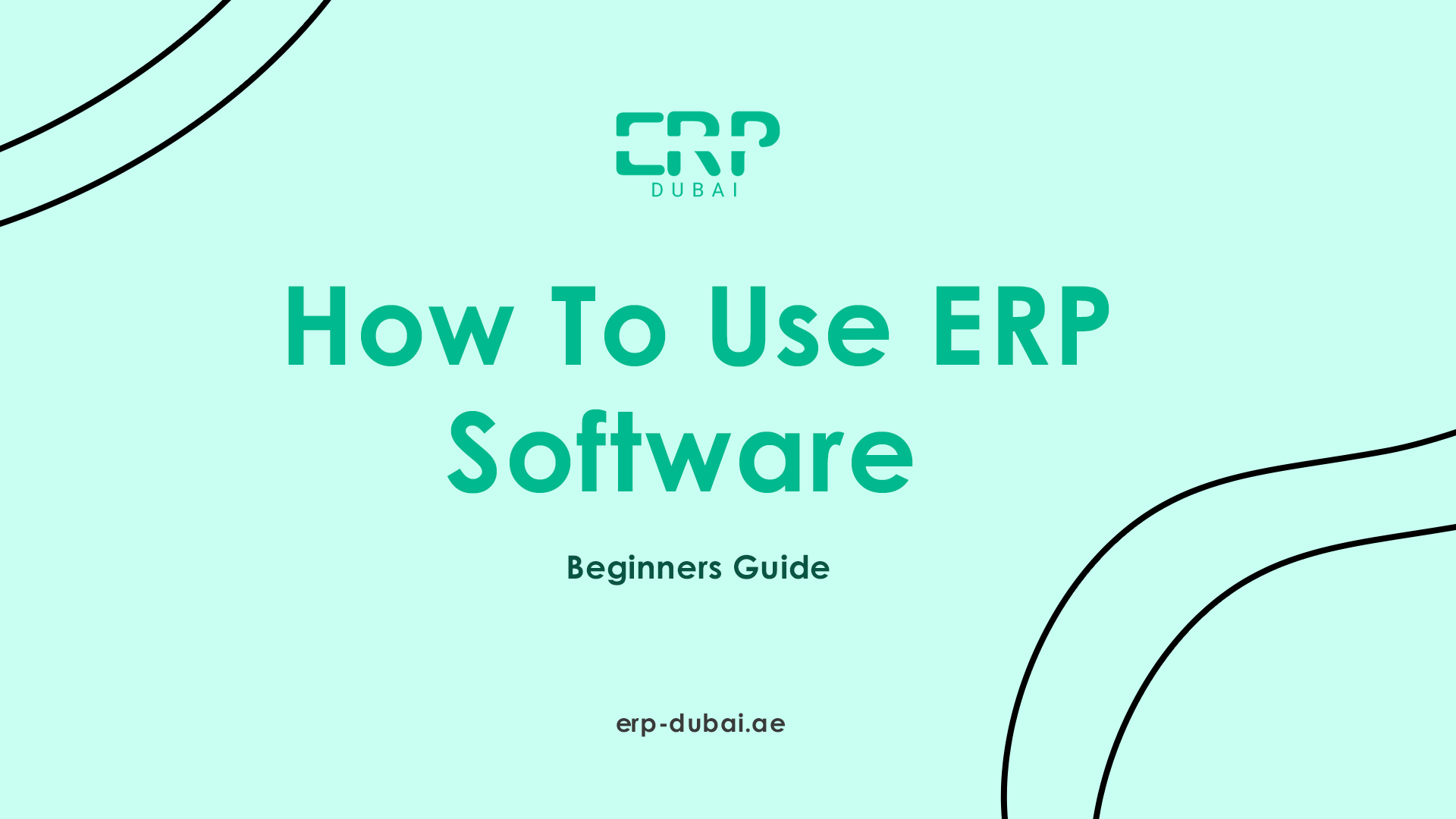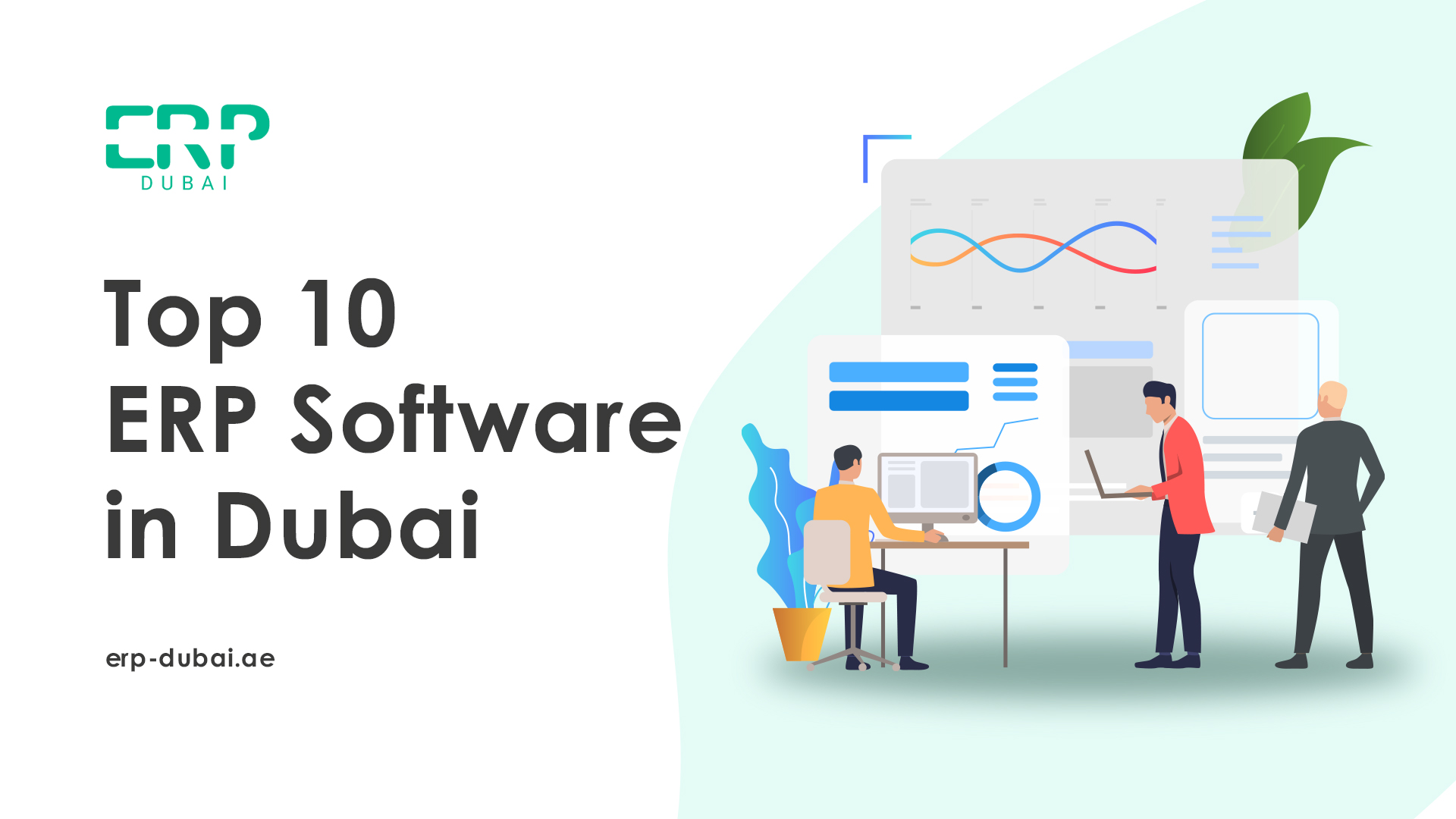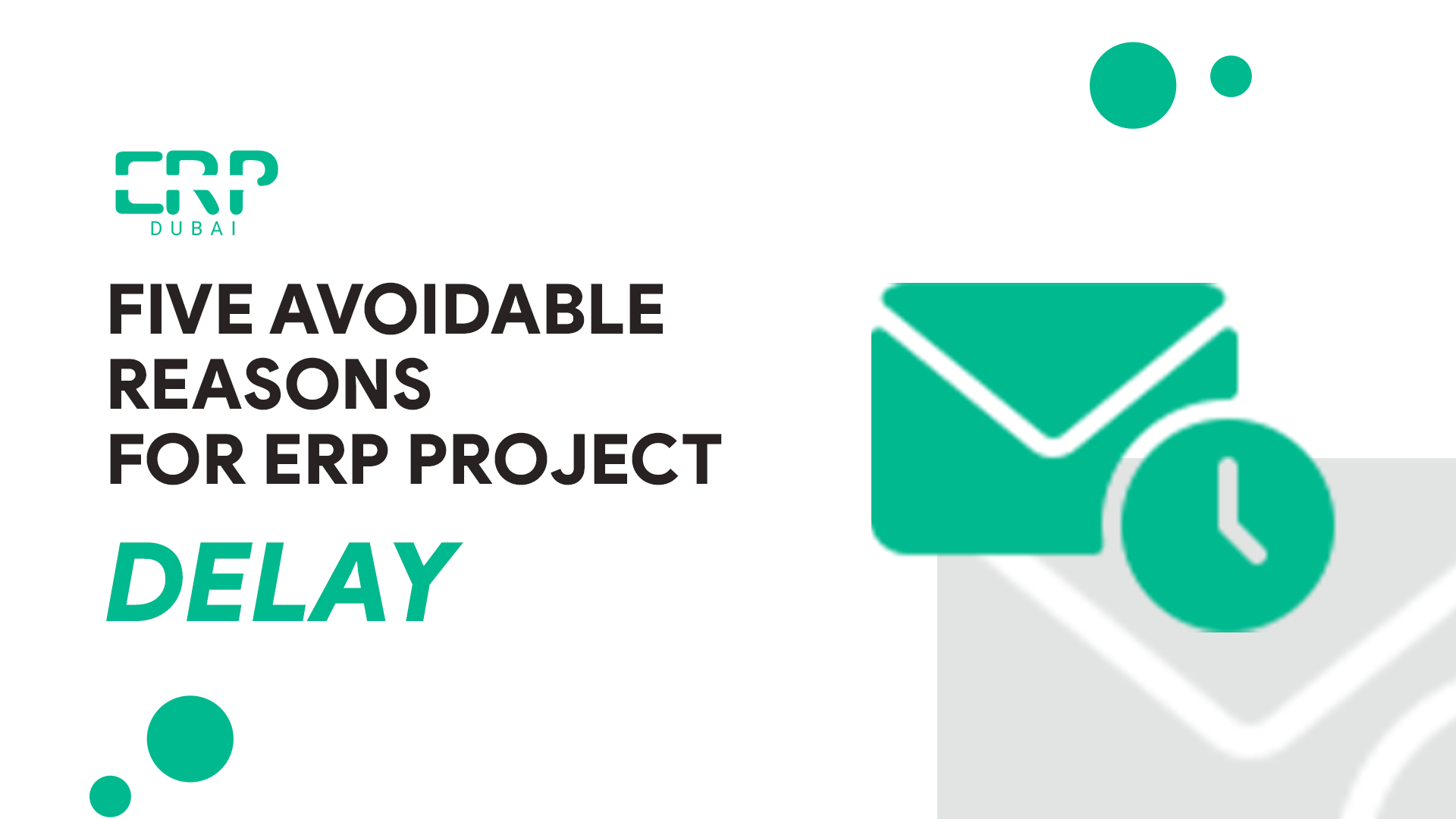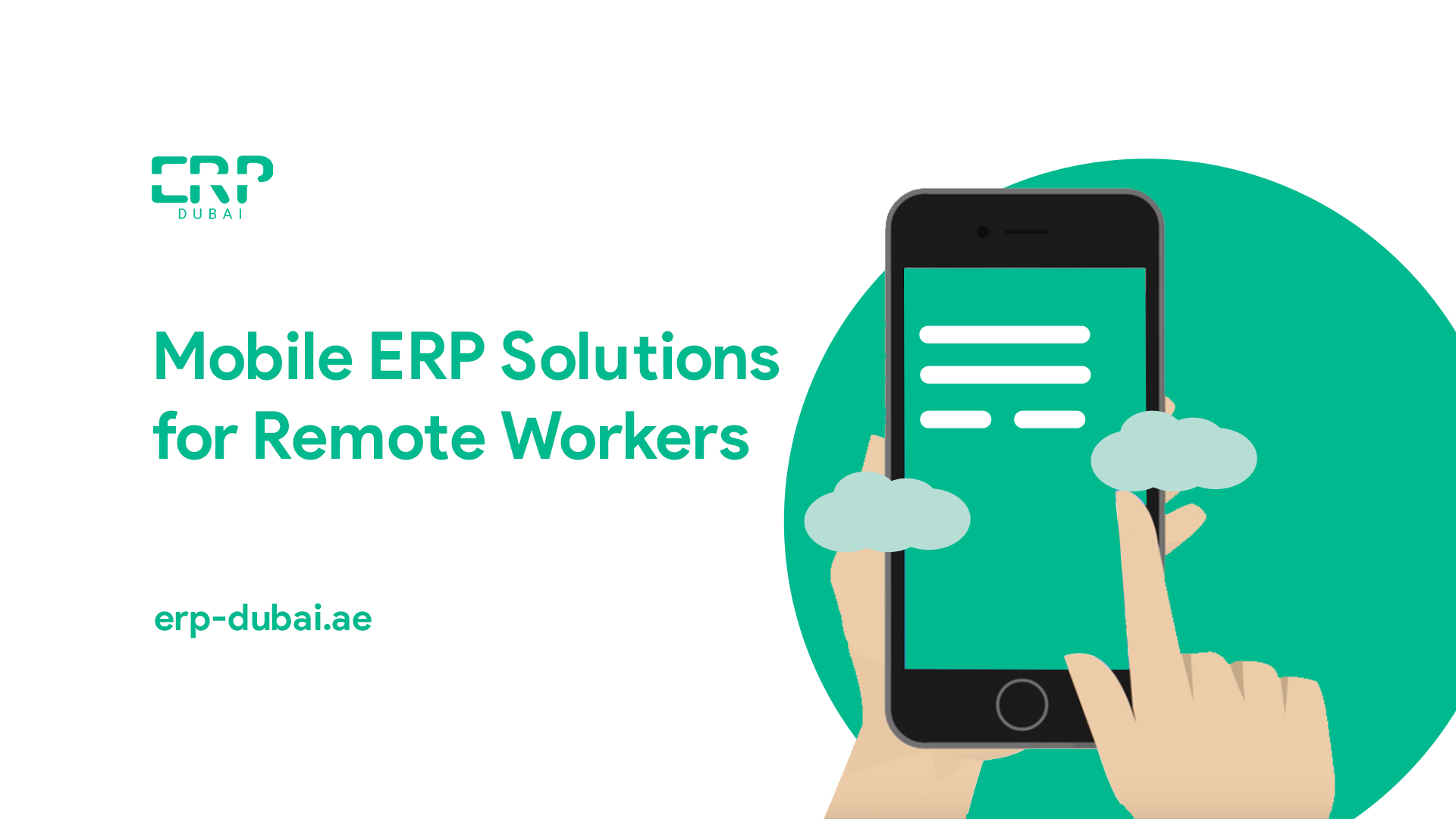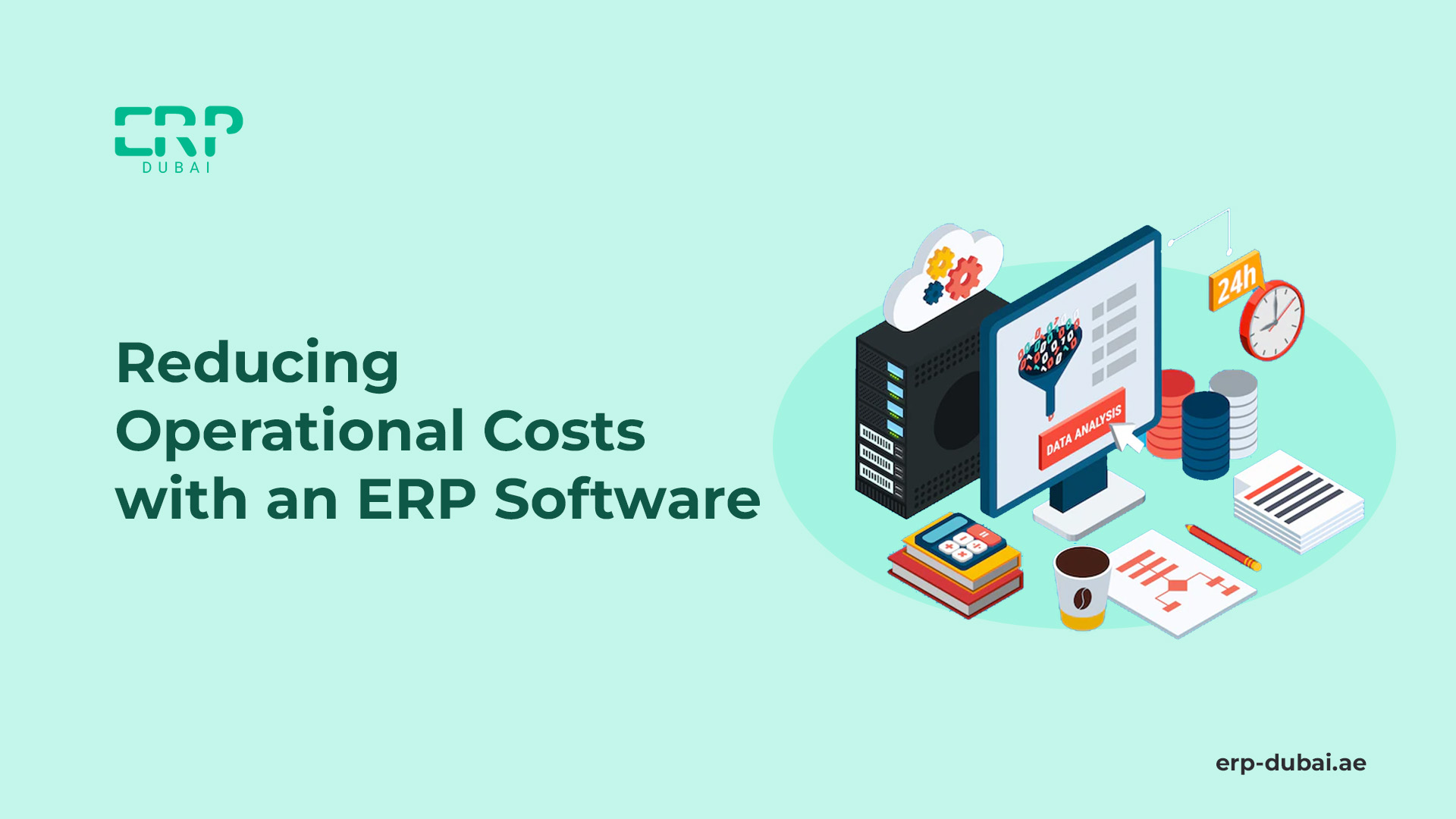No products in the cart.
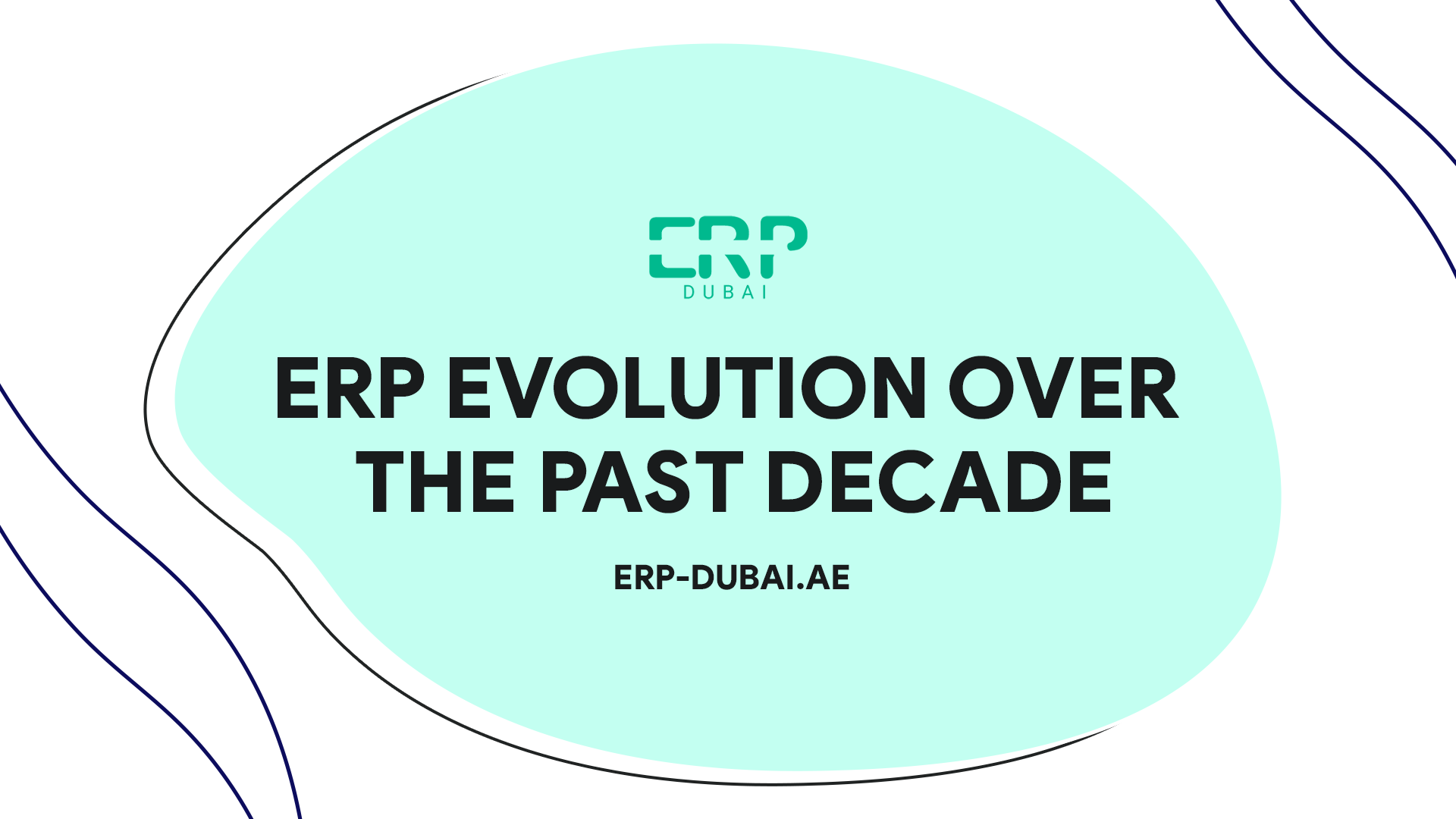
ERP evolution over the past Decade
Over the past decade, organizations have adopted Enterprise Resource Planning (ERP) extensively to operate their businesses successfully. ERP systems were first created to control an organization’s back-end activities, including finance, accounting, and human resources. However, as technology advanced, ERP solutions also underwent substantial improvements that improved their breadth, usability, and applicability to contemporary enterprises. There is an extensive history of ERP where it has evolved to make businesses run smoothly. This post will discuss the ERP evolution over the past decade. We will also see what ERP is and how the best ERP software UAE can help your business.
ERP evolution stages
Businesses typically relied on conventional methods of managing inventory before the 1960s to make sure that their operations ran smoothly. The term “Classical Inventory Management or Scientific Inventory Control Methods” is used to refer to these theories. Bill of Material (BOM), Economic Order Quantity (EOQ), and others were the most frequently utilized among them. These systems, however, offered very little flexibility.
The Material Planning System of the 1980s gave way to the ERP system today. The process of its evolution has gone through several stages. ERP software UAE from Elate is helping all small and medium-sized businesses all over the Middle East.
The various stages of the resource planning system’s development in connection to time and the growth of the ERP concept are:
Material Requirement Planning (MRP) – (the 1970s)
In the middle of the 1970s, MRP served as the foundation of production management and control and is the beginning of the ERP evolution. Assembly processes created large inventories requiring thousands of parts, such as in the construction of automobiles. The early MRP systems that planned the order releases were developed in response to the need to reduce the high inventory levels associated with these sectors. By taking into account the complicated post-to-installation relationships indicated by the Bill of Materials, scheduled order releases ensured adequate time framing and accurate planning of the sub-assembly items.
Manufacturing Resources Planning II (MRP- II) – (the 1980s)
Manufacturing planning systems MRP II, which covered the complete manufacturing process rather than just one particular activity inside the production process, were a natural continuation of the first-generation MRP systems. Beyond calculating the number of materials needed, MRP II also took scheduling and loading into account. MRP II systems could assess the viability of a given production plan based on additional resource considerations in addition to material scarcity.
MRP and MRP II systems were both comparatively successful in the industry. Organizations found real assistance for operating the manufacturing function efficiently in the 1980s because of the strength of information systems—databases, algorithms, and their integration.
Enterprise Resource Planning (ERP) – (the 1990s)
In the 1990s, there was unknown global competition, a focus on the consumer, and reduced product life cycles. Businesses had to adopt agile (quick-moving) production techniques, ongoing process improvements, and reengineering business processes to meet these expectations. Manufacturing integrates with other functional areas, such as marketing, finance, accounting, and human resource development.
Production and accounting integrate for activity-based costing to be effective. Integration of manufacturing and the HRD function was necessary for flexible manufacturing with people empowerment. ERP applications are a type of integrated information system that meets an organization’s information and decision-making demands across all management functions.
Extended ERP (E-ERP) – (the 2000s)
Extended ERP (E-ERP), often known as web-enabled ERP, is the result of further advancements in the enterprise resource planning system model. There was a demand for a web-based IT solution due to globalization and the rapid advancement of internet technology. E-ERP is a breakthrough in the ERP industry that makes use of the Internet and World Wide Web technology to streamline organizational operations online.
The ERP software UAE will provide you with extended ERP for automating your all business functions.
Enterprise Resource Planning II (ERP- II) – (over the last decade)
The size of ERP systems could appear to have just gotten out of hand at this point. The truth is that each subsequent addition to the underlying software helped to improve the program’s capacity for prediction. The more data sources an ERP tool has available—through third-party applications like a CRM—the more equipped its users are to respond to shifts in demand or emerging trends in their sector.
ERP II is the next level up from E-ERP. By adding features like customer relationship management, knowledge management, workflow management, and human resource management, the software package has enhanced the original ERP system. Because it is a web-friendly software, it solves the problem of multiple offices.
Engage with the best ERP software UAE – Elate ERP software
To fulfill the needs of your business, we provide the greatest customizable alternatives. You can add custom fields and modify the system. Users can build up workflows and approval processes, which are frequently difficult tasks more easily. We work with VAT-enabled ERP software Dubai.
The software is reasonably priced, and setting it up goes quickly. You can employ any number of modules from the Elate ERP solution UAE to fulfill the needs of your company because it is a modular software system.
Conclusion
ERP evolution has led the ERP software UAE to be a lot more compatible and integrated with highly inevitable systems. ERP solutions have improved in scope, usability, and applicability to contemporary enterprises as a result of the move to cloud-based solutions and the incorporation of artificial intelligence and machine learning.
The ERP evolution has been advancing quickly. Additionally, ERP solutions are more reliable and well-equipped today than they were ten years ago. This is because progress also doesn’t seem to be stopping. In reality, with Big Data and IoT combining to produce more potent and smarter ERP systems, exciting times are ahead for the ERP solution industry.


